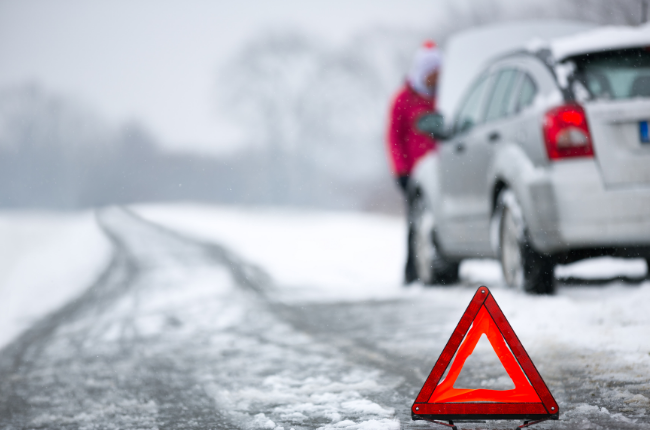
Prepare Your Car For Winter
Prepare Your Car for Winter
How do you keep your car in the best condition during the winter months? The typical Irish winter usually brings gale-force winds, heavy rain, and cold temperatures, as well as ice and snow, and this can all put a lot of stress on your vehicle. On top of this, with the clocks pushed back an hour we spend a lot more time driving in the dark. So, if you haven’t already done so, now is the perfect time to do a winter car check and prepare your car for the cold weather and dark nights.
Is Your Car Winter Ready?
We’ve put together a handy checklist to help you prepare your car for winter. Not only will these tips keep your car in tip-top condition over the winter and avoid potentially costly repair bills, but they’ll also help you to stay safe on the roads this winter.
How To Do A Winter Car Check
1. Check Your Lights
With the sun setting much earlier in the day and deteriorating weather conditions – think rain, sleet and snow – you’ll want to ensure your car’s lights are clean and in good working order. During winter your lights should be providing the brightest illumination possible so that you can see and be seen on the roads. Check all lights – heads, tail, indicators, fogs, sides – and if a bulb is out, hazy or yellow, make sure to replace it as soon as possible.
2. Check Your Tyres
When driving in cold, frosty or rainy conditions, tyres should be regularly checked to ensure your safety on the road. While the minimum legal tread depth in Ireland is 1.6mm, tyre treads should be kept well above this, especially in winter. And don’t forget to check the tyre pressure too! The air inside tyres shrinks in cold temperatures and under-inflated tyres can reduce grip and affect handling.
3. Check Your Windscreen Wipers
Did you know you should be replacing your windscreen wipers at least once a year? Check for cracks in the rubber or quite simply – if the blades are no longer effectively cleaning the windscreen, that’s a sure sign they need to be replaced. Because the summer heat can dry out the blades and cause them to become brittle and split, it’s a good idea to check them now before the brunt of the winter weather arrives.
4. Check Your Battery
During the winter months, battery failure is one of the most common causes of a roadside breakdown. Winter places a lot of strain on car batteries because of both the cold temperatures and the extra demand from lights and heaters. These will lower the capacity of any battery, so if yours is older than three years, it’s worth having it checked out before the cold temperatures set in. Replacing your battery now could save you a lot of time and stress down the line.
5. Check Your Car Fluid Levels
Staying on top of your car’s fluid levels is a must when it comes to getting your vehicle winter-ready. Be sure to check your oil, brake fluid and power steering fluid levels. Antifreeze or engine coolant should also be topped up regularly. Coolant is really important to your car, as it keeps the engine from freezing in cold temperatures. And don’t forget about keeping your windshield fluid reservoir filled with screen wash and water. Winter weather often means less than ideal driving conditions, so keeping your windscreen clean and clear is essential for road safety.

Cold Weather Survival Kit For Your Car
If you’ve been diligent in preparing your car for winter, chances are that you won’t run into any issues. Hopefully you will never need to use it, but it is useful to have a basic emergency kit in the car all year round but especially in the winter months. Some suggestions for what it should contain include:
- Hi-vis vest
- Hazard Warning Triangle
- First aid kit
- Jump leads
- De-icer and scraper
- Warm blanket
- Snacks and water
Preparation is key to getting your car winter-ready and keeping yourself and other road users safe. Rain, frost, sleet, and snow make driving conditions much more difficult and as a result, it helps to be extra vigilant and reduce your speed when on the road. Doing this, combined with our checklist above, should help you get through the next few months safely and securely.
Always keep an eye on external sources such as Twitter and Facebook and RTE for weather updates


